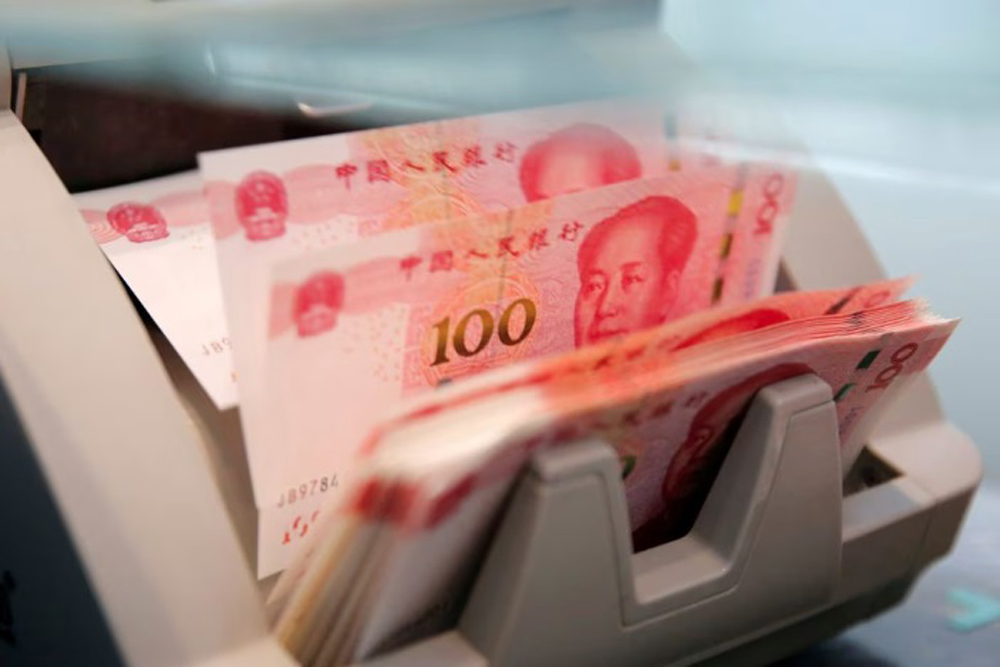SHANGHAI/SINGAPORE – China kept its benchmark lending rates unchanged for the eighth straight month on Thursday in line with expectations, as the economic recovery reduced the need for any immediate monetary support.
The world’s second-largest economy grew at a faster-than-expected pace in the first quarter, as the end of strict COVID curbs lifted businesses and consumers out of crippling pandemic disruptions.
The one-year loan prime rate (LPR) was kept at 3.65 percent, while the five-year LPR was unchanged at 4.30 percent.
In a Reuters poll of 30 market watchers conducted this week, 27 predicted no change to either rates.
“While we do not rule out a small rate cut this year as banks’ funding costs have gone lower, there appears no imminent need to do so,” said Frances Cheung, rates strategist at OCBC Bank. “Regardless, we maintain our upward bias to CNY rates over the course of the year on growth recovery.”
Traders and analysts said the steady LPRs also came after the People’s Bank of China (PBOC) bolstered liquidity support for the economy, rolling over maturing medium-term policy loans with higher cash offerings earlier this week, while keeping interest rates unchanged.
The medium-term lending facility (MLF) rate now serves as a guide to the LPR. Markets mostly use the medium-term policy rate as a indication of likely changes to the lending benchmarks.
However, some analysts say the upbeat first-quarter economic data masks underlying weakness in both household and external demand, which suggests stimulus might be still needed.
“Policymakers might maintain a tone for proactive fiscal policy and prudential monetary policy, while structural measures might be adopted to address those weaknesses,” Chaoping Zhu, global market strategist at J.P. Morgan Asset Management, said in a note this week.
“There might be cuts to deposit rate and 5-year LPR, so as to lower funding costs and support long-term business loans.”
Menawhile, Chinese authorities plan to further “reshape” the country’s bond market but have learnt lessons from the chaos that ensued when a data feed ban was abruptly imposed last month, two regulatory sources with knowledge of the matter said.
The turmoil highlighted how regulatory action in China can come with little warning and in a seemingly arbitrary manner. In this case, it also exposed a lack of coordination between various regulatory bodies including the China Banking and Insurance Regulatory Commission (CBIRC) and the central bank, according to market sources.
“After the chaos, coordination between bodies will be strengthened,” one of the regulatory sources said.
On March 15, interdealer brokers were suddenly banned from providing real-time bond price data to Chinese financial information platforms. Turnover in the market – the world’s second-largest bond market with $21 trillion in notes outstanding – slid and traders said they had to scramble to chat groups for quotes.
Two days later, the ban was lifted, allowing interdealer brokers to provide real-time data again to information platforms except qeubee, then the dominant terminal, according to market, industry and regulatory sources.
Chinese authorities have not commented publicly on the reasons for their actions.





